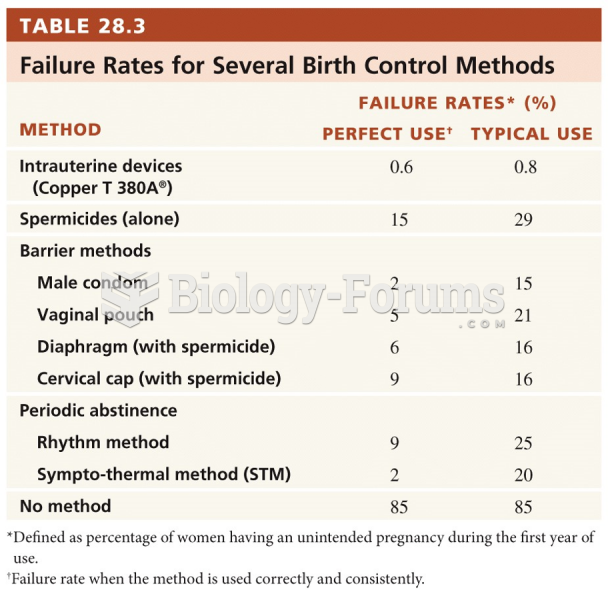Answer to Question 1
Answer: The contemporary view of span of control recognizes that there is no magic number of people for a manager to supervise. Many factors influence the number of employees that a manager can efficiently and effectively manage. These factors include the skills and abilities of the manager and the employees, and the characteristics of the work being done. For instance, managers with well-trained and experienced employees can function well with a wider span. Other contingency variables that determine the appropriate span include similarity and complexity of employee tasks, the physical proximity of subordinates, the degree to which standardized procedures are in place, the sophistication of the organization's information system, the strength of the organization's culture, and the preferred style of the manager. The trend in recent years has been toward larger spans of control, which is consistent with managers' efforts to speed up decision making, increase flexibility, get closer to customers, empower employees, and reduce costs. Managers are beginning to recognize that they can handle a wider span when employees know their jobs well and when those employees understand organizational processes.
Answer to Question 2
Answer: An organization requires more centralization if the:
a. environment is stable.
b. lower-level managers are not as capable or experienced at making decisions as upper-level managers.
c. lower-level managers do not want to have a say in decisions.
d. decisions to be taken are relatively minor.
e. organization is facing a crisis or the risk of company failure.
f. company is large.
g. effective implementation of company strategies depends on managers' retaining a say over what happens.
An organization requires more decentralization if the:
a. environment is complex and uncertain.
b. lower-level managers are capable and experienced at making decisions.
c. lower-level managers want a voice in decisions.
d. decisions to be made are relatively significant.
e. corporate culture is open to allowing managers to have a say in what happens.
f. company is geographically dispersed.
g. effective implementation of company strategies depends on managers' having involvement and flexibility to make decisions.







